Birth name Gary Davis Name Reverend Davis Years active 1930s–1970s | Instruments Guitar, vocals Also known as Blind Gary Davis Role Singer | |
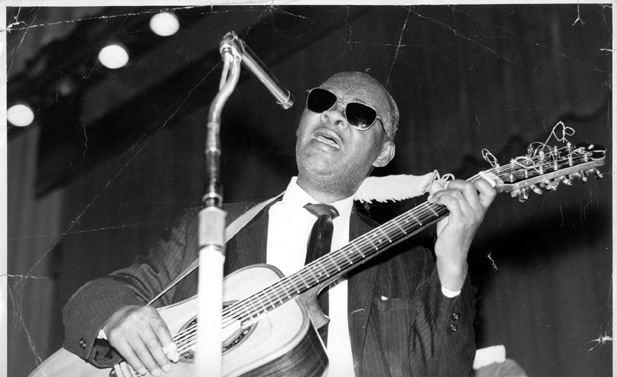 | ||
Movies Black Roots, Conflict of Interest, Zen Albums Harlem Street Singer, Blues & Ragtime, Pure Religion & Bad Com, The Guitar and Banjo of Revere, The Complete Early Rec Similar People | ||
Rev. Gary Davis performance - 25mins
Reverend Gary Davis, also Blind Gary Davis (born Gary D. Davis, April 30, 1896 – May 5, 1972), was a blues and gospel singer who was also proficient on the banjo, guitar and harmonica. His fingerpicking guitar style influenced many other artists. His students include Stefan Grossman, David Bromberg, Steve Katz, Roy Book Binder, Larry Johnson, Nick Katzman, Dave Van Ronk, Rory Block, Ernie Hawkins, Larry Campbell, Bob Weir, Woody Mann, and Tom Winslow. He influenced Bob Dylan, the Grateful Dead, Wizz Jones, Jorma Kaukonen, Keb' Mo', Ollabelle, Resurrection Band, and John Sebastian (of the Lovin' Spoonful).
Contents
- Rev Gary Davis performance 25mins
- Reverend gary davis i heard the angels singing
- Biography
- Discography
- References
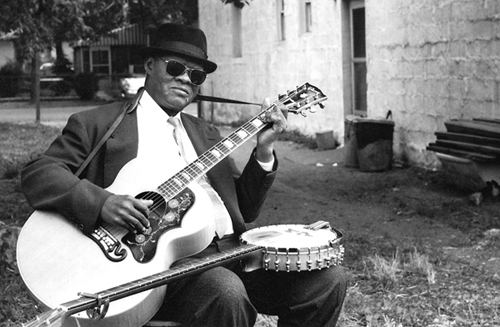
Reverend gary davis i heard the angels singing
Biography
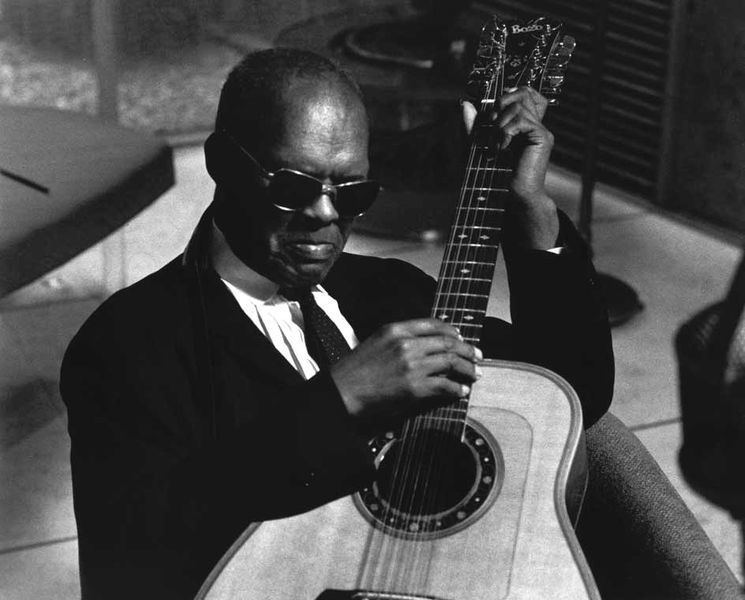
Davis was born in Laurens, South Carolina, in the Piedmont region. Of the eight children his mother bore, he was the only one who survived to adulthood. He became blind as an infant. He recalled being poorly treated by his mother and that his father placed him in the care of his paternal grandmother. Davis reported that when he was 10 years old his father was killed in Birmingham, Alabama; he later said that he had been told that his father was shot by the Birmingham sheriff.
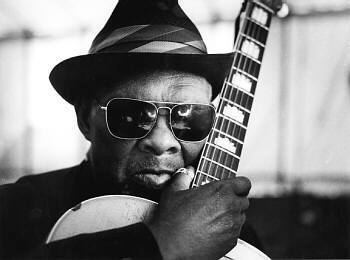
He took to the guitar and assumed a unique multivoice style produced solely with his thumb and index finger, playing gospel, ragtime, and blues tunes along with traditional and original tunes in four-part harmony.
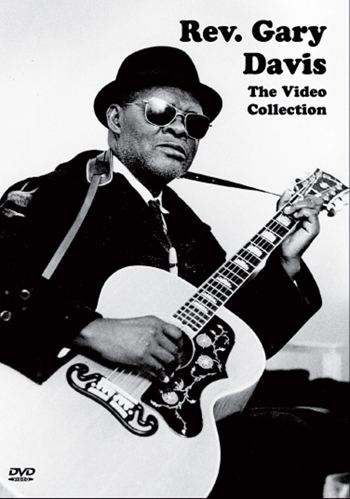
In the mid-1920s, Davis migrated to Durham, North Carolina, a major center of black culture at the time. There he taught Blind Boy Fuller and collaborated with a number of other artists in the Piedmont blues scene, including Bull City Red. In 1935, J. B. Long, a store manager with a reputation for supporting local artists, introduced Davis, Fuller, and Red to the American Record Company. The subsequent recording sessions (available on his Complete Early Recordings) marked the real beginning of Davis's career. During his time in Durham, he became a Christian; in 1937, he was ordained as a Baptist minister. Following his conversion and especially his ordination, Davis began to prefer inspirational gospel music.
In the 1940s, the blues scene in Durham began to decline, and Davis moved to New York. In 1951, he recorded an oral history for the folklorist Elizabeth Lyttleton Harold (the wife of Alan Lomax). who transcribed their conversations in a typescript more than 300 pages long.
The folk revival of the 1960s invigorated Davis's career. He performed at the Newport Folk Festival. Peter, Paul and Mary recorded his version of "Samson and Delilah", also known as "If I Had My Way", a song by Blind Willie Johnson, which Davis had popularized. "Samson and Delilah" was also covered and credited to Davis by the Grateful Dead on the album Terrapin Station. Eric Von Schmidt credited Davis with three-quarters of Schmidt's "Baby, Let Me Follow You Down", covered by Bob Dylan on his debut album for Columbia Records. The Blues Hall of Fame singer and harmonica player Darrell Mansfield has recorded several of Davis's songs.
Davis died of a heart attack in May 1972, in Hammonton, New Jersey. He is buried in plot 68 of Rockville Cemetery, in Lynbrook, Long Island, New York.
Discography
Many of Davis' recordings were published posthumously.
